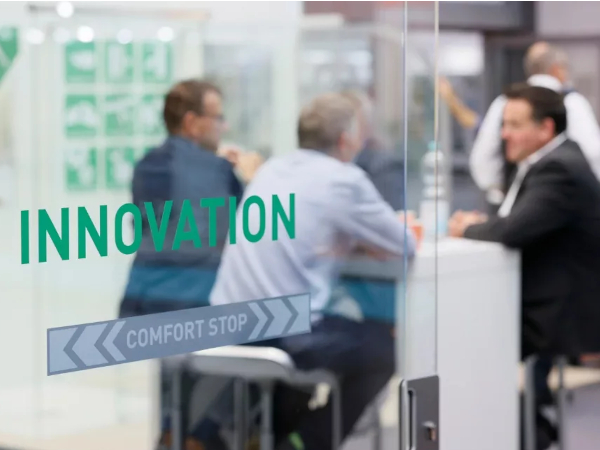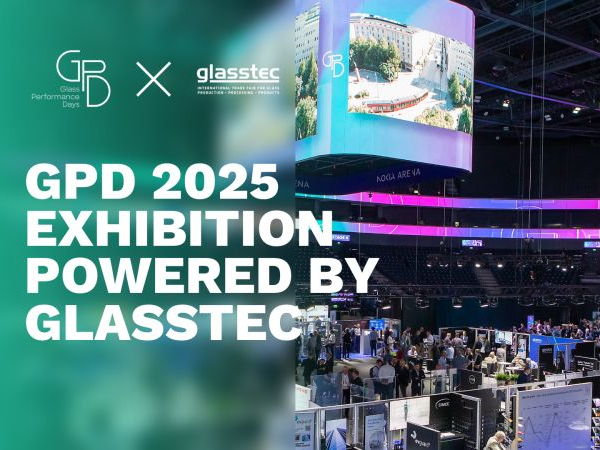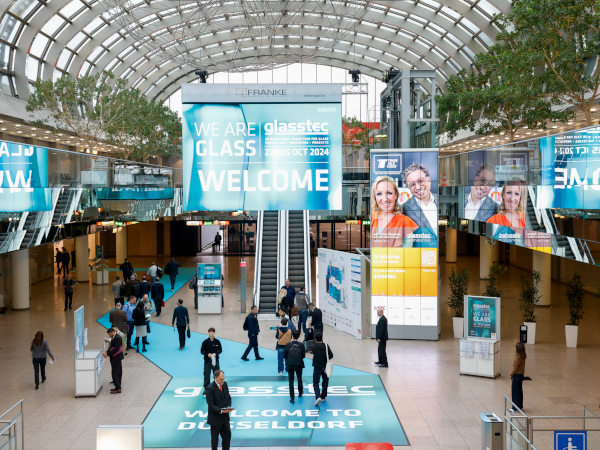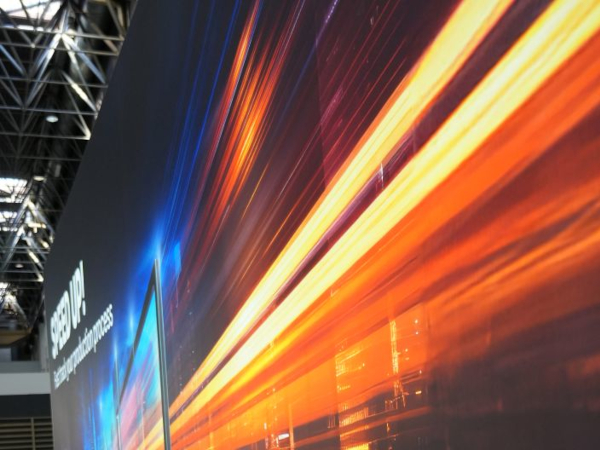Date: 28 October 2004
The material is produced by applying layers of chromium onto stainless steel using electrolytic plating technology. These chromium rotatable cathodes have great advantages compared to rotatables produced by thermal spraying.
In comparison to conventionally produced rotatables, this process not only increases the operating life time of the targets by 30%, but also generates a 50% higher degree of sputtering rates. As a result the time needed for the coating process is significantly reduced, which results in a decrease of production costs.
With this specific technology, GfE offers a new unique high quality PVD coating material for the flat glass, web and solar industry.
TIRU®
GfE Metalle und Materialien GmbH is proud to announce a breakthrough in the development of a new one phase titanium-suboxide target for the production of TiO2 layers.
Compared to titanium metal targets, TIRU® increases the degree of sputtering rates by eight times for DC sputter applications. The results for our customers in the coating industry are a significant cost advantage as well as an elevated degree of deposition and a simplification of the production process of TiO2 layers.
TIRU® is applied in the field of architectural, automotive and display glass.
AZOY®
With AZOY®, GfE achieved a breakthrough in the development of a unique and cost effective high performance material. It has been successfully tested by the Fraunhofer Institute and been approved to perfectly meet industrys requirements.
GfEs AZOY® represents a coating material for the production of transparent conductive oxide layers on glass and polymers.
Through the development of AZOY® and a new method of producing layers, GfE succeeded in reducing the electrical resistivity of transparent conductive oxide layers by more than 50%.
Furthermore, AZOY® adds to noticeably reduce the coating expenses while maintaining a high level of transparency and electrical conductivity.
GfEs AZOY® is suitable for architectural glass, thin film solar cells, flat panel displays and various optical applications.
CROMA
GfE recently developed a new chromium target material as an ideal substitute for high purity chromium.
As one of the major metals used for adhesion and barrier layers, chromium is applied onto the substrate in order to prevent corrosion and diffusion of the substrate material into the upper layers. This significantly enhances the durability of the coating and promotes the adhesion of the subsequent deposited layers.
GfEs CROMA is an ideal substitute for high purity chromium targets. Being more cost effective, CROMA achieves the same high-quality coating characteristics as the commonly used electrolytic chromium.
CROMA is applied for sunlight absorbent layers in solar collectors. The company INTERPANE Solar Beschichtungs GmbH & Co. (http://www.interpane.net/) has already successfully used GfEs CROMA. Other fields of application are for example reflective layers for rear-view and wing mirrors in the automotive industry, as well as wear resistant layers in the tool coating industry.
Internet Address:
www.gfe.com
E-mail Address:
astrid.plewa-schuetze@gfe.com
markus.schatz@gfe.com
People to contact:
Mrs. Astrid Plewa-Schuetze
Sales Executive
Dr. Markus Schatz
Sales Manager







Add new comment